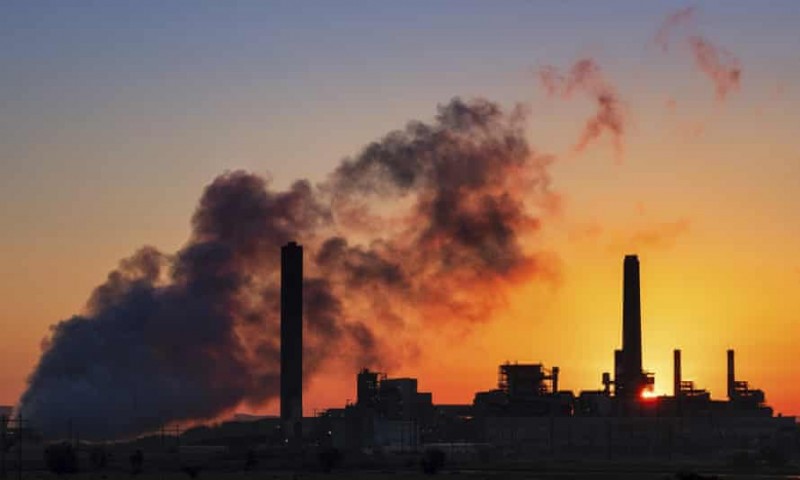
Global energy-related carbon dioxide emissions are on course to surge by 1.5 billion tonnes in 2021 – the second-largest increase in history – reversing most of last year’s decline caused by the Covid-19 pandemic, a new International Energy Agency (IEA) report released today shows. This would be the biggest annual rise in emissions since 2010, during the carbon-intensive recovery from the global financial crisis.
The IEA's Global Energy Review 2021 estimates that carbon dioxide emissions will increase by almost five percent this year to 33 billion tonnes, based on the latest national data from around the world as well as real-time analysis of economic growth trends and new energy projects that are set to come online.
The key driver is coal demand, which is set to grow by 4.5 per cent, surpassing its 2019 level and approaching its all-time peak from 2014, with the electricity sector accounting for three-quarters of this increase.
"Global carbon emissions are set to jump by 1.5 billion tonnes this year, driven by in the resurgence of coal use in the power sector. This is a dire warning that the economic recovery from the Covid crisis is currently anything but sustainable for our climate," said Fatih Birol, the IEA Executive Director.
Oil is also rebounding strongly but is expected to stay below its 2019 peak, as the aviation sector remains under pressure.
The expected rise in coal use dwarfs that of renewables by almost 60 percent, despite accelerating demand for renewables. More than 80 percent of the projected growth in coal demand in 2021 is set to come from Asia, led by China.
Germany’s Green Party chooses Annalena Baerbock as 1st-ever candidate for chancellor
European Union: Temporary layoffs are measures taken by employers facing reduced production
Lebanese Govt adopts modern design for Beirut port reconstruction